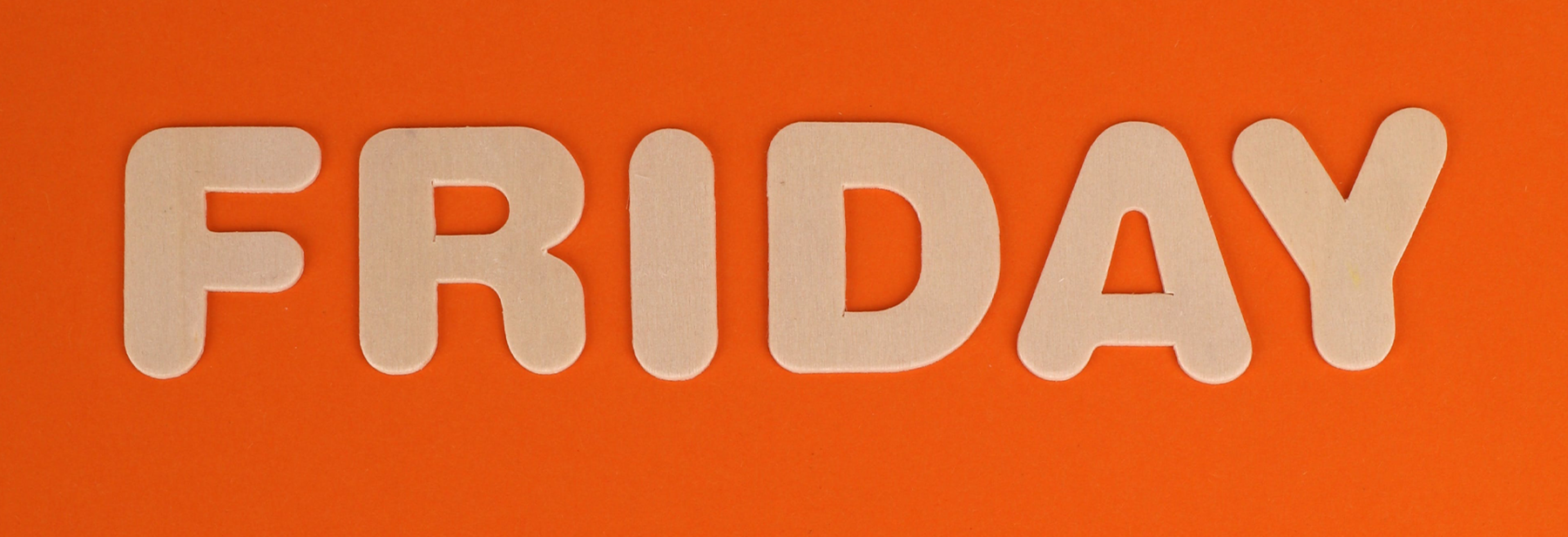
ServiceFriday: You’re a Best Seller, I’m A Limited Edition: Popularity vs. Scarcity Cues on Purchase Behavior
One of the many tasks the holiday season brings is purchasing gifts for other people. Not knowing what to get someone is a common issue and not knowing what to get for one’s self is also certainly frustrating. Often people compare interests and hobbies but what really helps consumers decide on what to purchase for who (self vs. other)? Recent research suggests scarcity and popularity cues may be the answer to this question as well as the other factors of price and self-other overlap.
Four studies published in the Journal of Retailing focused on examining the role of scarcity and popularity cues when consumers are purchasing for self vs others. The studies also explored the moderating factors of price and self-other overlap when purchasing for self vs others. The researchers also looked at the underlying mechanisms of perceived product uniqueness and perceived consumption risk as mediating factors.
Study 1’s goal was to examine how scarcity and popularity cues impacted consumption target (self-purchase vs other-purchase) and subsequent purchase intentions. Participants were asked to imagine buying a coffee mug online for either themselves or for a colleague. They read from two descriptions: “this product is a limited edition”, or “75% of those who previously viewed the product purchased it.” After analyzing the data, the results showed that when buying for oneself, scarcity cues led to significantly more favorable purchase intentions. Conversely, when buying for someone else, popularity cues led to more favorable purchase intentions.
Researchers wanted to explore the psychological mechanisms behind the results of Study 1 so in Study 2 they focused on self-purchases and perceived product uniqueness. The method was similar to Study 1 except the product imagined was a bobble head and participants were asked to assess the uniqueness of it. The results indicated that the product’s perceived uniqueness influenced purchase intentions. “It can be concluded that the serial effect of perceived uniqueness → perceived value fully mediates the cue type effect (scarcity vs. popularity) on product attitude and purchase intentions for self-purchases” the researchers discovered.
Study 3 replicated the method of Study 2 with the exception of the imagined product being a bottle of wine and the focus was on the underlying mechanism of perceived consumption risk. The results displayed the link between perceived consumption risk and purchase intentions. “It can be concluded that the serial link of perceived consumption risk → perceived product value fully mediates the cue type (scarcity vs. popularity) effect on product attitude and purchase intentions.”
In Study 3 and 4, researchers were able to identify the moderating factors of self-other overlap and price. Self-other overlap exists when consumers are purchasing gifts for others and compare themselves to the other person to help distinguish what product to buy. When self-other overlap is low, the effects of the cue type are magnified and vice versa. Price is a factor too as the research showed that consumers make purchase decisions with price in mind. Lower prices assist the popularity cue in other-purchases while higher prices assist the scarcity cue in self-purchases.
Managerial implications
Given the prevalence of scarcity and popularity cues in the marketplace, managers can benefit from understanding when and how to use the two cues.
In the online retail world, knowing when consumers are purchasing for self or others is crucial to implementing the right cue. Researchers suggest managers manipulate the cues and product assortments to positively influence purchase behaviors.
“For example, if a customer clicks on the “gifts” tab on a retailer’s website, the product assortment could be altered to highlight “best seller” products, given the positive effect on product attitudes and purchase intentions. Similarly, product assortment and messaging could be altered to highlight “best sellers” around the holiday season, given the increased emphasis on purchases for others.”
To read the full article, go to the Journal of Retailing. (A fee may apply.)